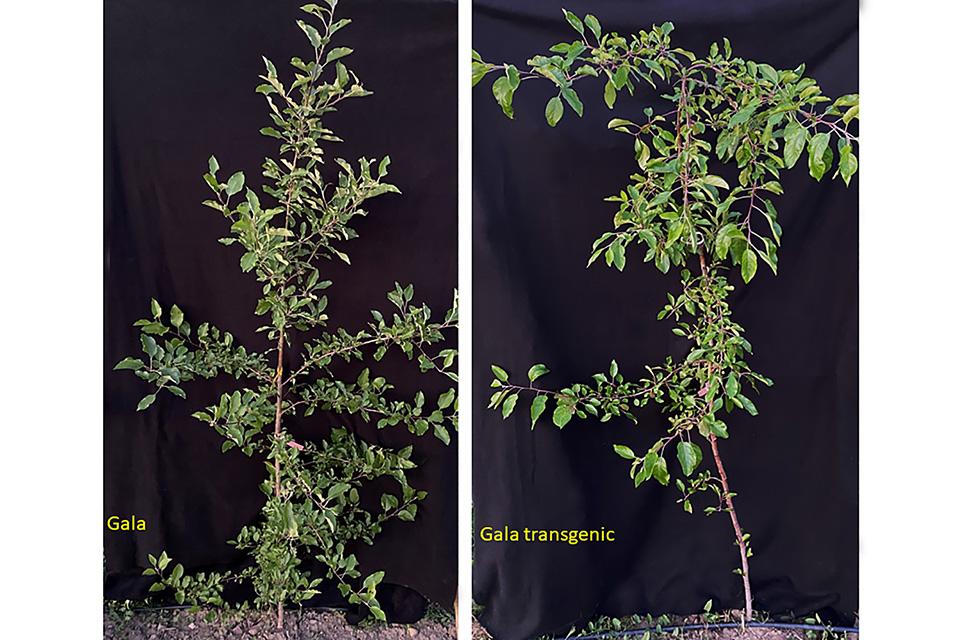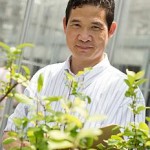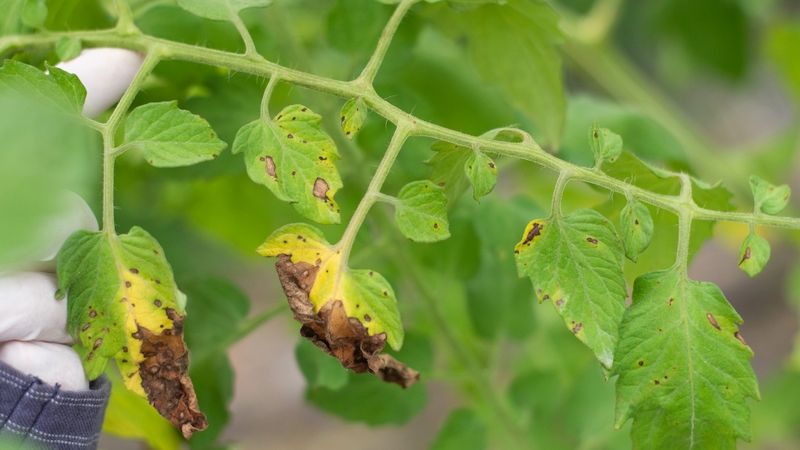The Science Behind Why Weeping Growth in Apple Trees Defy Gravity
Like most plants, apple trees grow upward. For crabapples in arboretums and other public spaces, however, it is quite common to see their trees grow downward branches, exhibiting a weeping growth habit.
Weeping crabapples are regarded highly for aesthetic enhancement. They are also considered invaluable genetic resources for better understanding of tree architecture in apple, which has been highly limited.
A recent study investigating weeping crabapples, conducted by a team of scientists led by Cornell University and published in the journal Plant Physiology, has resulted in important insights into apple tree architecture.
Following are the major findings, how they were uncovered, and their potential implications in the genetic improvement of apple tree architecture.
THE FINDINGS
The most important findings of the study are the discovery of a single point mutation in the DNA sequence of a gene, dubbed MdLAZY1A, which is critical for apple trees’ response to gravity.
Gravity is a natural force constantly acting upon all objects on the Earth, including humans and plants. Under normal conditions, plant roots show a positive response to gravity and grow downward (along with the direction of gravity), while shoots demonstrate a negative response to gravity by growing upward (against the gravity direction).
Most apple trees propagated from widely grown apple cultivars — such as ‘Gala’, ‘Fuji’, ‘Honeycrisp’, and others — have two copies of the MdLAZY1A gene of normal function, which ensure the upward growth of shoots.
The mutation revealed in the study appears to be extremely unusual, as it not only fundamentally changes the function of the copy of the gene that contains the mutation but also prevents the second copy of the gene without the mutation from functioning properly.
As a result, apple trees with the mutation are impaired in their response to gravity, thereby growing downward branches regardless if a normal copy of the gene is present.

When the mutant copy of the gene MdLAZY1A is over-expressed, the ‘Gala’ transgenic trees grow downward.
Photos: Kenong Xu
THE APPROACHES
How was the MdLAZY1A gene identified? The short answer is by a forward genetics approach.
Forward genetics is a common method for identifying a specific gene or genes conferring a specific phenotype of interest, such as the weeping growth habit in apple. A reversal of the forward genetics approach is called reverse genetics, where phenotypic changes are examined after a gene of interest is intentionally changed in DNA sequence.
To validate the finding, the study conducted multiple transgenic experiments to independently express the normal and mutant copies of the gene in ‘Gala’ apple trees of standard growth.
When the normal copy of the gene is underexpressed, the transgenic ‘Gala’ apple trees grow downward. However, when the normal copy of the gene is overexpressed, the transgenic ‘Gala’ trees grow more upright branches.
When the mutant copy of the gene is overexpressed, the ‘Gala’ transgenic trees grow downward, although the trees carry two normal copies of the gene.
THE POTENTIALS
It is clear that the study greatly increased the understanding of how the growth direction of apple tree branches is determined genetically.
Given the nature of the findings, the study proposed that the mutation site could be used as an effective target for CRISPR-based gene editing to improve the tree architecture of existing major
apple cultivars.
Although it is unproven if altering branch growth to downward would ever be beneficial for apple fruit production, it seems that a positive prospective could be argued because most of the current orchard systems, such as tall spindle, super spindle, and Solaxe, require branch bending, which is a labor-intensive operation.
In fact, bending branches down has been practiced in apple orchards for well over a century. Many studies also have demonstrated that branch bending encourages flowering and fruit setting while limiting vegetative growth, such as leaves and shoots.
Given the intensive labor and costs involved in branch bending, it seems desirable to make apple trees grow downward branches naturally through gene editing without integration of any exogenous DNA.
In summary, revealing the genetic cause for weeping growth represents a significant step forward for better understanding apple tree architecture. Although genetic improvement of plant architecture has historically revolutionized the global production of cereal crops, it remains to be proven if changing branch growth to downward would benefit apple production.










